Taps run dry in India’s sixth biggest city as millions contend with water crisis
A calamitous problem is looming for 100 million people. Weakened monsoon seasons due to climate change could exacerbate the problem.

At least 21 cities in India are expected to run out of groundwater by 2020, with 100 million people to be affected.
India’s news network NDTV said 40 per cent of India’s population would have no access to drinking water by 2030, according to a report by the National Institution for Transforming India.
Three rivers, four water bodies, five wetlands and six forests have completely dried in Chennai despite having better water resources and rains than any other metro cities, the report said.
Climate change is expected to weaken monsoon seasons in South Asia in coming years, exacerbating the water crisis.
CHENNAI WATER PROBLEMS
A severe water crisis has gripped India’s sixth largest city, with taps running dry for an estimated 10 million people.
Many Chennai residents have little option but to stand for hours in soaring temperatures as they wait to fill cans and plastic containers from water tank trucks, as businesses suffer too.
The acute water shortage has been caused by drying lakes and depleted groundwater, with local media reporting four reservoirs are almost completely dry.

State Rural Development Minister S.P. Velumani said on Wednesday that the drought followed a 62 per cent shortfall in monsoon rains last year compared to 2017.
Some companies have asked employees to work from home, while restaurants are closing early and even considering not serving lunch if the water scarcity worsens.
Businessman Mohandas Pai described it as a “crippling” crisis.
“A terrible tragedy arising out of mismanagement by the state government. When will our cities have water security?” he said.
India’s National Herald described the water scarcity problem as moving from “crisis to catastrophe”, with workers abandoning the city.
Meanwhile at least 550 people were arrested Wednesday in the city of Coimbatore for protesting with empty water containers in front of the municipal government’s headquarters, CNN reports.
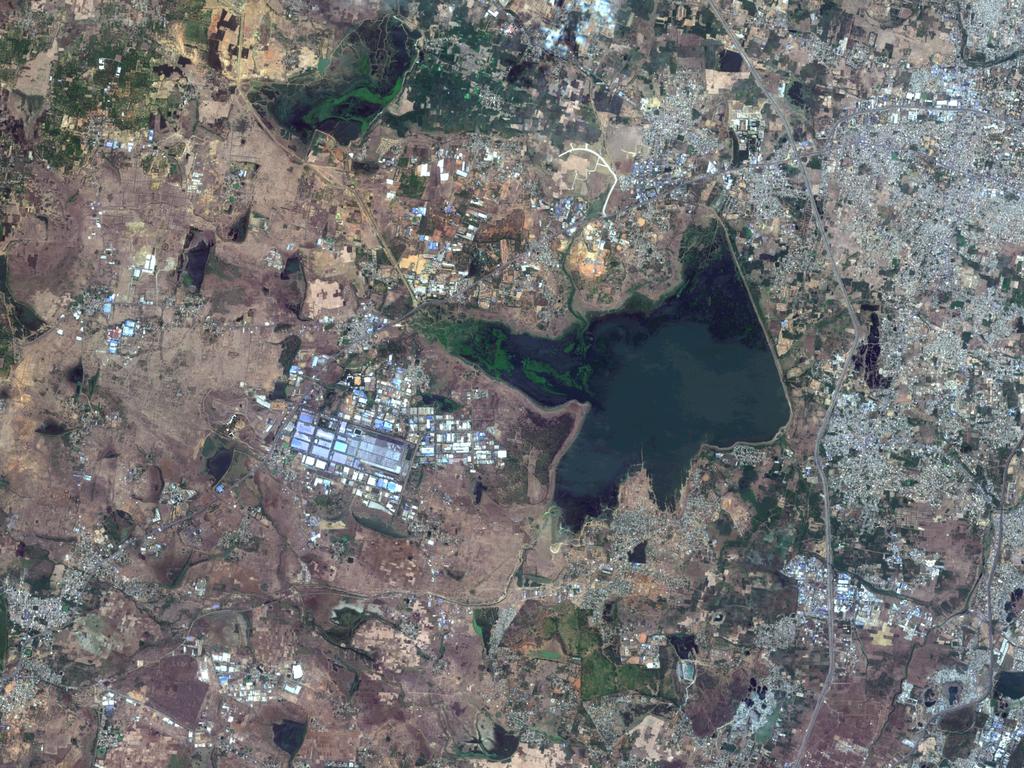
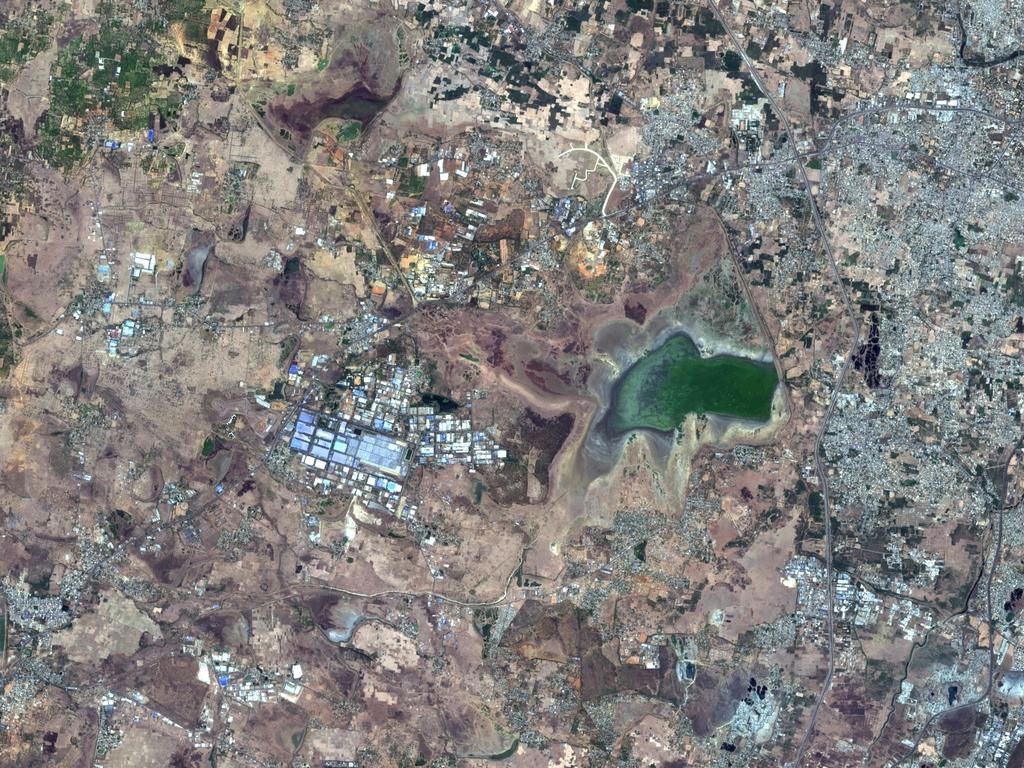
Gauri Shankar, general manager of Hotel Deccan Plaza in Chennai, said two tank trucks bring water to the hotel every day from a town 60 kilometres away at a cost of 4000 rupees ($A83) each.
“Even a water tanker is proving difficult to get in the city. We are getting our supply because we entered into a contract with a supplier in September as the water taps started going dry,” Shankar said.
Suresh Suburram told CNN the tankers — which bring in water from the non drought-affected outer areas of the state — were now arriving infrequently.
“Earlier the water would come every day at home. Now, we get it every three to four days. We store the water in a small tank or 20-litre plastic pots at home,” he said.
Suburram, who also owns the Nivis Kitchen hotel said: “We are open and we are somehow functioning. But we are running at a no-loss, no-gain situation. This is our only business. We have no other option. We have to run it.”
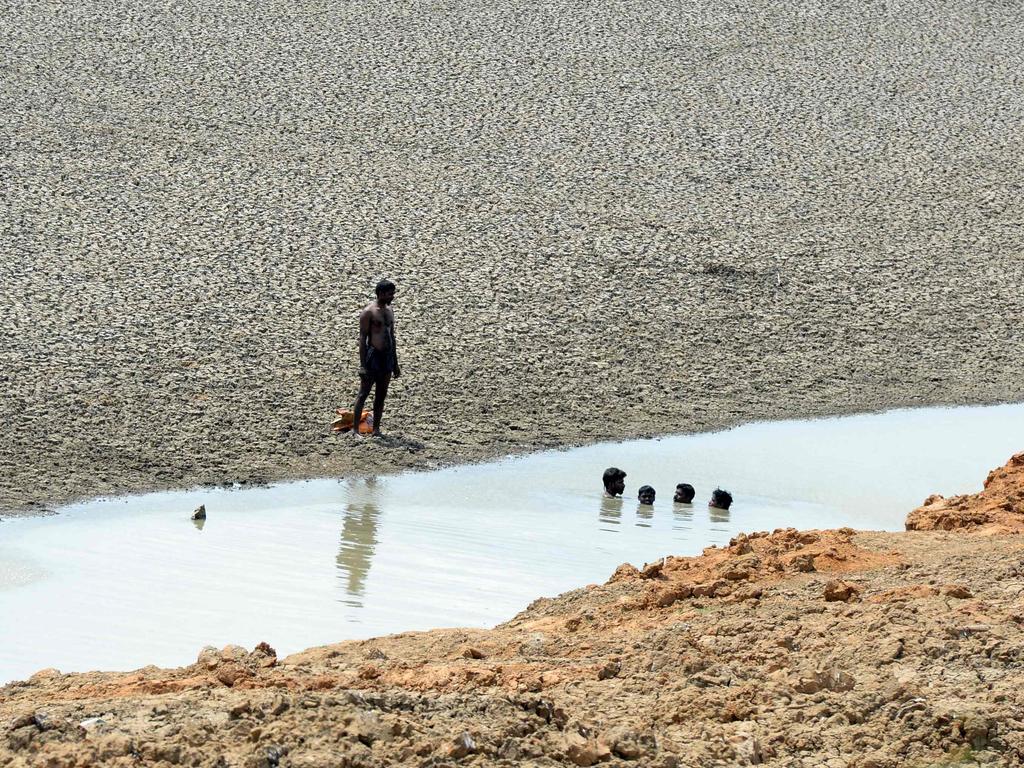
While some wealthy families have hired private water tankers, local activist Jayaram Venkatesan said the sprawling city’s slums get just 30-40 litres every day.
He said poor management of water bodies was to blame.
“We are completely dependent on the rain. The government should ensure that there is water harvesting,” Venkatesan told CNN.
It finally rained in Chennai overnight for the first time in 202 days. While it did bring some relief, it was nowhere near enough to end the crisis.
After 202 days, with the god blessing. Now rain at #Chennai pic.twitter.com/OqPs6GzVos
— Mohamed Ibrahim (@Mohamed08441842) June 20, 2019
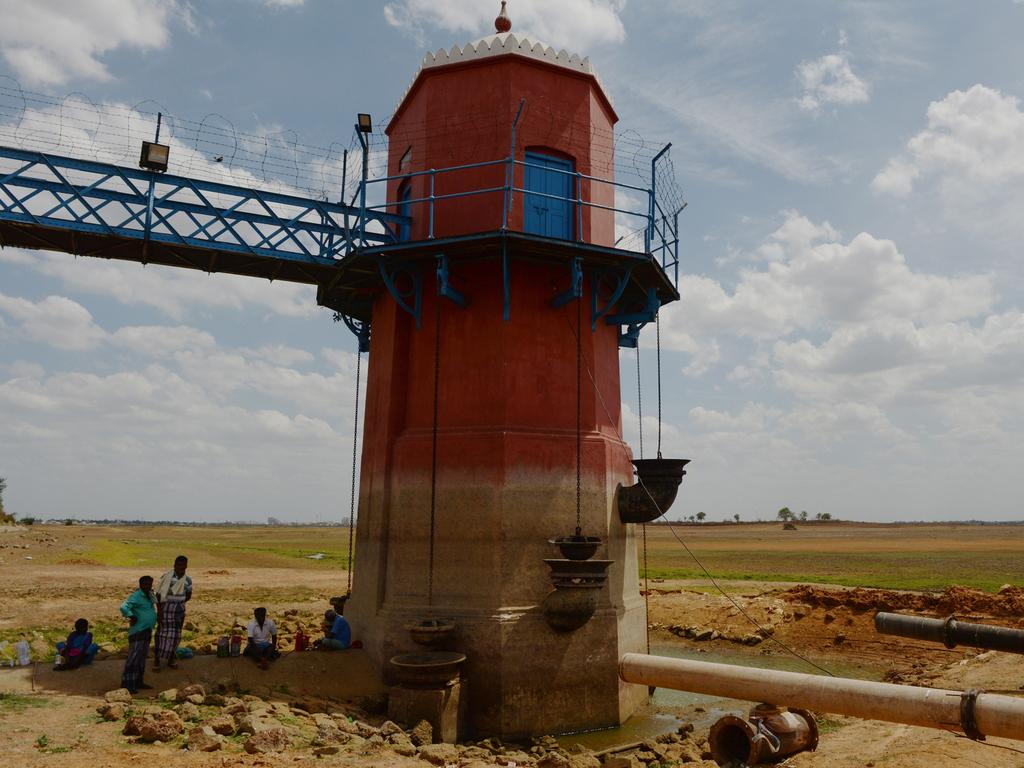
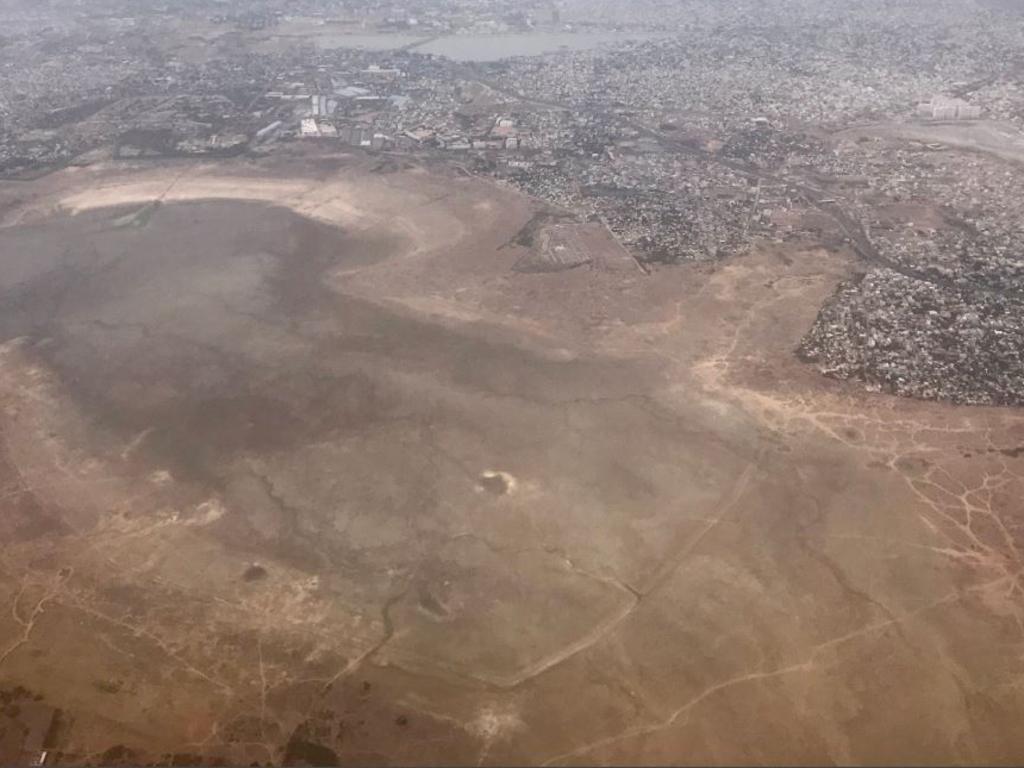
Chennai has an estimated population of 10 million and is a major destination for medical tourism. Tamil Nadu state is a car manufacturing hub.
Top elected official K. Palaniswami said the state has diminishing groundwater supplies and has asked other states for spare water until October’s monsoon rains.
Monsoons reach different parts of India at different times.
This year’s monsoon arrived in the southern state of Kerala a week late and slowly started moving to other parts of country.
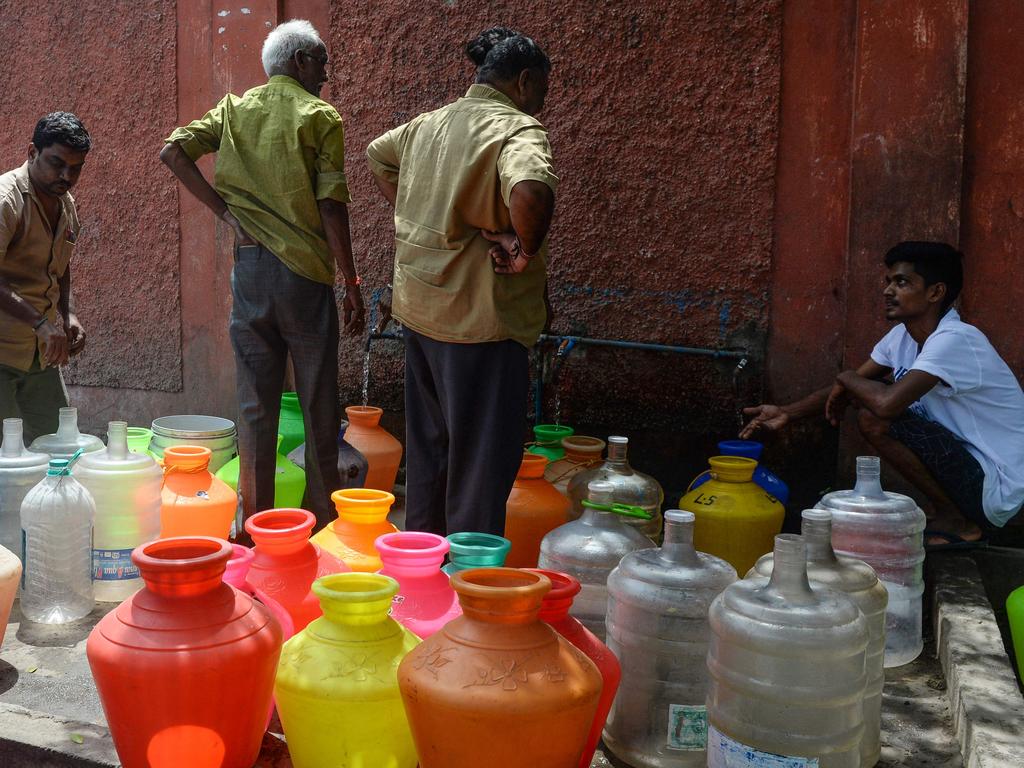
India is facing a 43 per cent shortfall in monsoon rains across the country because of its late arrival, according to the India Meteorological Department.
Meteorologists said monsoon rains usually cover two-thirds of the country by mid-June. However, they currently have reached less than half that area. But the monsoon’s progress is expected to pick up in the next 10 days.
Northern and eastern India have experienced heatwaves with temperatures soaring to 48 Celsius.
At least 90 people have died due to heat stroke in the eastern state of Bihar since June, according to the state disaster management department.



